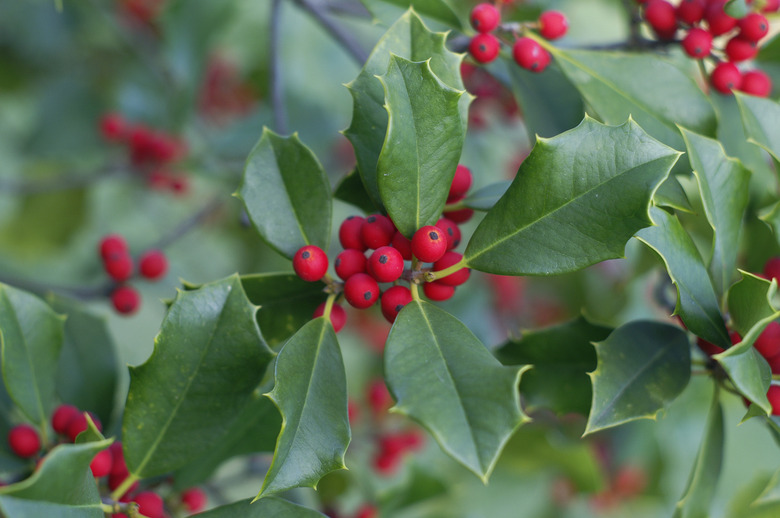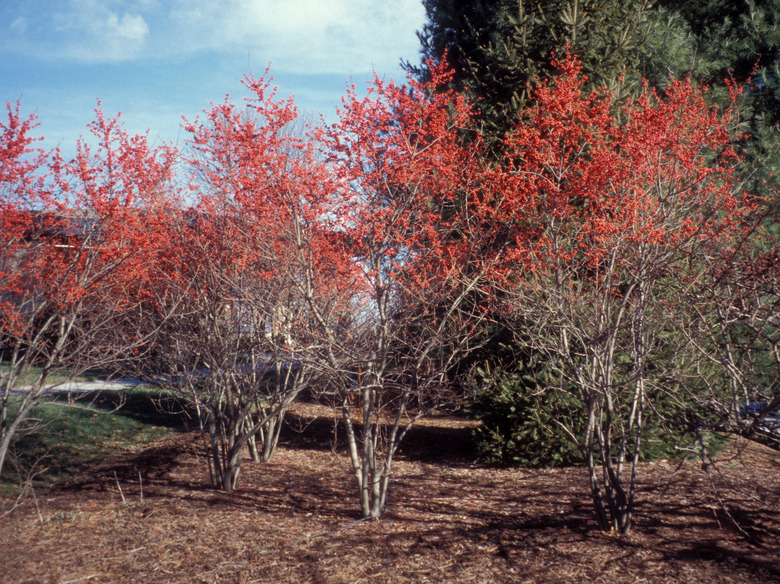When Does A Holly Tree Get Berries?
Holly trees and bushes (Ilex spp.) are known for their bright, ornamental berries and are associated with the Christmas season. While holly berry fruit appears after the tree is finished flowering, it ripens in the fall. Proper pollination and growing conditions are necessary for berries to appear.
Species of Holly
Holly species native to the United States include the iconic American holly (Ilex opaca, zones 5 to 9), an evergreen species that is popular at Christmastime. The winterberry (Ilex verticillata, zones 3 to 9) is a deciduous species of holly. Nonnative holly species include the English holly (Ilex aquifolium, zones 7 to 9), which has naturalized in parts of the Pacific Northwest.
**It is worth noting that raw holly berries, while very appealing to birds and other wildlife, are toxic to humans.**
Warning
Raw holly berries are toxic to humans.
Holly Tree Berry Production
Holly trees are dioecious. That means there are separate male and female plants. **Only female trees produce berries, and they will only do so if pollinated by a compatible male holly tree located within 100 yards.** Honeybees carry pollen from the male tree to the female trees.
The number of female trees a single male tree can pollinate depends on the species. One male American holly tree can pollinate up to three female trees. Meanwhile, a male winterberry shrub can pollinate as many as six to 10 female shrubs.
How long does it take for a holly tree to produce fruit?
It can take several years for a newly planted holly tree to flower and produce fruit. The time to reach maturity is usually about two years if the tree is grown from cuttings and three to five years if grown from seed.
When Do Holly Berries Ripen?
Holly berries first emerge green after the tree is finished flowering but do not ripen until the fall, when they acquire their attractive bright red color. Therefore, the appearance of berries depends on the bloom time of the species.
The American and English hollies bloom in May. The winterberry blooms in June and July. In many cases, the berries persist on the plant throughout the winter, adding interest to the landscape.
Holly Berry Problems
- **Insufficient Pollination:** In some years, a female holly berry tree may not produce fruit at all. This could be due to several factors, including a lack of pollination, which may be due to the absence of male trees in the area or an insufficient number of bees to transfer pollen. Rainy conditions when the trees are in bloom can also hinder pollinator activity.
- **Improper Pruning:** Pruning holly trees at the wrong time can also result in a lack of berries. Because holly trees set buds for flowers in the fall, it is best to prune them in early summer. If you prune the tree after buds are set, you might not have any flowers or berries the following year.
- **Insufficient Nitrogen:** A lack of red holly berries on female holly trees can also be due to too much or insufficient nitrogen in the soil or not enough sun or moisture, which impacts flowering.

